13 start with S start with S

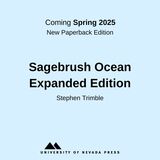
Noted writer and photographer Stephen Trimble mixes eloquent accounts of personal experiences with clear explication of natural history. His photographs capture some of the most spectacular but least-known scenery in the western states. The Great Basin Desert sweeps from the Sierra to the Rockies, from the Snake River Plain to the Mojave Desert. "Biogeography" would be one way to sum up Trimble's focus on the land: what lives where, and why. He introduces concepts of desert ecology and discusses living communities of animals and plants that band Great Basin mountains—from the exhilarating emptiness of dry lake-beds to alpine regions at the summits of the 13,000-foot Basin ranges.
This is the best general introduction to the ecology and spirit of the Great Basin, a place where "the desert almost seems to mirror the sky in size," where mountains hold "ravens, bristlecone pines, winter stillness—and unseen, but satisfying, the possibility of bighorn sheep." Trimble's photographs come from the backcountry of this rugged land, from months of exploring and hiking the Great Basin wilderness in all seasons; and his well-chosen words come from a rare intimacy with the West.

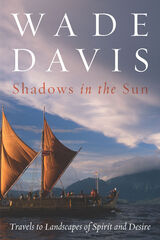
Wade Davis has been called "a rare combination of scientist, scholar, poet and passionate defender of all of life's diversity." In Shadows in the Sun, he brings all of those gifts to bear on a fascinating examination of indigenous cultures and the interactions between human societies and the natural world.
Ranging from the British Columbian wilderness to the jungles of the Amazon and the polar ice of the Arctic Circle, Shadows in the Sun is a testament to a world where spirits still stalk the land and seize the human heart. Its essays and stories, though distilled from travels in widely separated parts of the world, are fundamentally about landscape and character, the wisdom of lives drawn directly from the land, the hunger of those who seek to rediscover such understanding, and the consequences of failure.
As Davis explains, "To know that other, vastly different cultures exist is to remember that our world does not exist in some absolute sense but rather is just one model of reality. The Penan in the forests of Borneo, the Vodoun acolytes in Haiti, the jaguar Shaman of Venezuela, teach us that there are other options, other possibilities, other ways of thinking and interacting with the earth." Shadows in the Sun considers those possibilities, and explores their implications for our world.
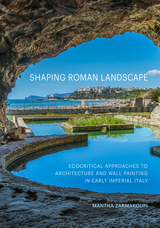
Landscape emerged as a significant theme in the Roman Late Republican and Early Imperial periods. Writers described landscape in texts and treatises, its qualities were praised and sought out in everyday life, and contemporary perceptions of the natural and built environment, as well as ideas about nature and art, were intertwined with architectural and decorative trends.
This illustrated volume examines how representations of real and depicted landscapes, and the merging of both in visual space, contributed to the creation of novel languages of art and architecture. Drawing on a diverse body of archaeological, art historical, and literary evidence, this study applies an ecocritical lens that moves beyond the limits of traditional iconography. Chapters consider, for example, how garden designs and paintings appropriated the cultures and ecosystems brought under Roman control and the ways miniature landscape paintings chronicled the transformation of the Italian shoreline with colonnaded villas, pointing to the changing relationship of humans with nature. Making a timely and original contribution to current discourses on ecology and art and architectural history, Shaping Roman Landscape reveals how Roman ideas of landscape, and the decorative strategies at imperial domus and villa complexes that gave these ideas shape, were richly embedded with meanings of nature, culture, and labor.
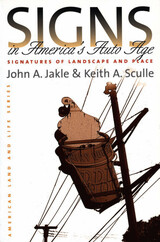

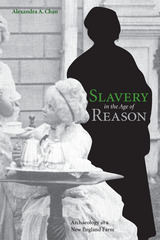
Isaac Royall (1677-1739) was the largest slave owner in Massachusetts in the mid- eighteenth century, and in this book the Royall family and their slaves become the central characters in a compelling cultural-historical narrative. The family's ties to both Massachusetts and Antigua provide a comparative perspective on the transcontinental development of modern ideologies of individualism, colonialism, slavery, and race.
Alexandra A. Chan examines the critical role of material culture in the construction, mediation, and maintenance of social identities and relationships between slaves and masters at the farm. She explores landscapes and artifacts discovered at the site not just as inanimate objects or “cultural leftovers,” but rather as physical embodiments of the assumptions, attitudes, and values of the people who built, shaped, or used them. These material things, she argues, provide a portal into the mind-set of people long gone-not just of the Royall family who controlled much of the material world at the farm, but also of the enslaved, who made up the majority of inhabitants at the site, and who left few other records of their experience.
Using traditional archaeological techniques and analysis, as well as theoretical per- spectives and representational styles of post-processualist schools of thought, Slavery in the Age of Reason is an innovative volume that portrays the Royall family and the people they enslaved “from the inside out.” It should put to rest any lingering myth that the peculiar institution was any less harsh or complex when found in the North.
Alexandra A.Chan currently works in cultural resource management as an archaeolog- ical consultant and principal investigator. As assistant professor of anthropology at Vassar College, 2001-2004, she also developed numerous courses in historical archaeology, archaeological ethics, comparative colonialism, and the archaeology of early African America. She was the project director of the excavations at the Isaac Royall House and Slave Quarters in Medford, Massachusetts, 2000-2001, and continues to serve on the Academic Advisory Council of the museum.
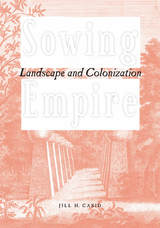
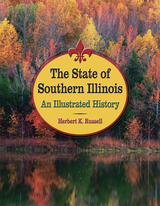
In The State of Southern Illinois: An Illustrated History, Herbert K. Russell offers fresh interpretations of a number of important aspects of Southern Illinois history. Focusing on the area known as “Egypt,” the region south of U.S. Route 50 from Salem south to Cairo, he begins his book with the earliest geologic formations and follows Southern Illinois’s history into the twenty-first century. The volume is richly illustrated with maps and photographs, mostly in color, that highlight the informative and straightforward text.
Perhaps most notable is the author’s use of dozens of heretofore neglected sources to dispel the myth that Southern Illinois is merely an extension of Dixie. He corrects the popular impressions that slavery was introduced by early settlers from the South and that a majority of Southern Illinoisans wished to secede. Furthermore, he presents the first in-depth discussion of twelve pre–Civil War, free black communities located in the region. He also identifies the roles coal mining, labor violence, gangsters, and the media played in establishing the area’s image. He concludes optimistically, unveiling a twenty-first-century Southern Illinois filled with myriad attractions and opportunities for citizens and tourists alike.
The State of Southern Illinois is the most accurate all-encompassing volume of history on this unique area that often regards itself as a state within a state. It offers an entirely new perspective on race relations, provides insightful information on the cultural divide between north and south in Illinois, and pays tribute to an often neglected and misunderstood region of this multidimensional state, all against a stunning visual backdrop.
Superior Achievement from the Illinois State Historical Society, 2013
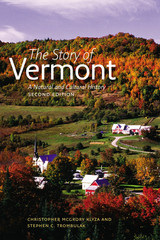
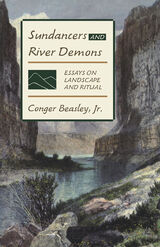
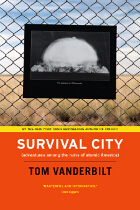
On the road to Survival City, Tom Vanderbilt maps the visible and invisible legacies of the cold war, exhuming the blueprints for the apocalypse we once envisioned and chronicling a time when we all lived at ground zero. In this road trip among ruined missile silos, atomic storage bunkers, and secret test sites, a lost battleground emerges amid the architecture of the 1950s, accompanied by Walter Cotten’s stunning photographs. Survival City looks deep into the national soul, unearthing the dreams and fears that drove us during the latter half of the twentieth century.
“A crucial and dazzling book, masterful, and for me at least, intoxicating.”—Dave Eggers
“A genuinely engaging book, perhaps because [Vanderbilt] is skillful at conveying his own sense of engagement to the reader.”—Los Angeles Times
“A retracing of Dr. Strangelove as ordinary life.”—Greil Marcus, Bookforum
READERS
Browse our collection.
PUBLISHERS
See BiblioVault's publisher services.
STUDENT SERVICES
Files for college accessibility offices.
UChicago Accessibility Resources
home | accessibility | search | about | contact us
BiblioVault ® 2001 - 2024
The University of Chicago Press









